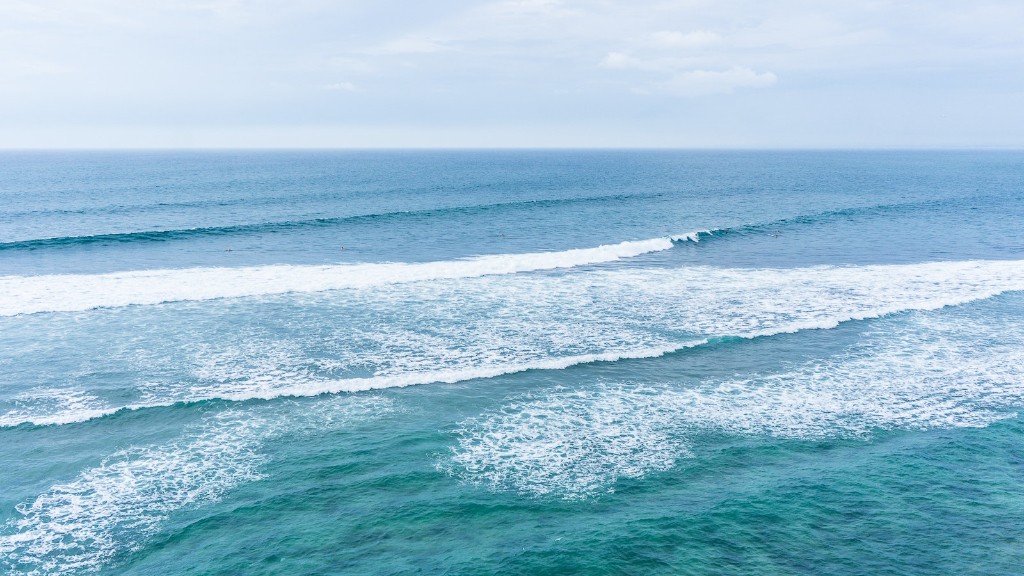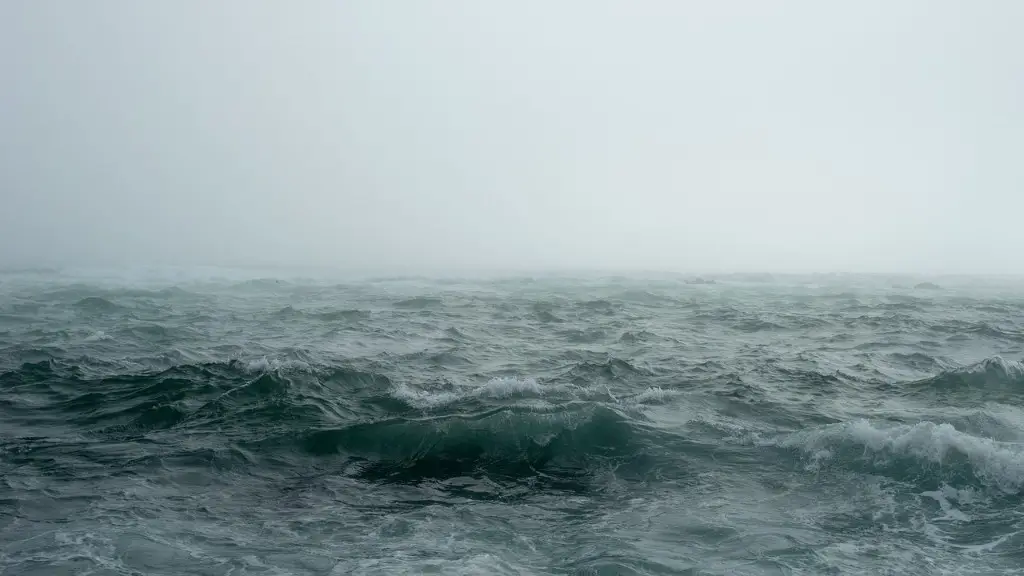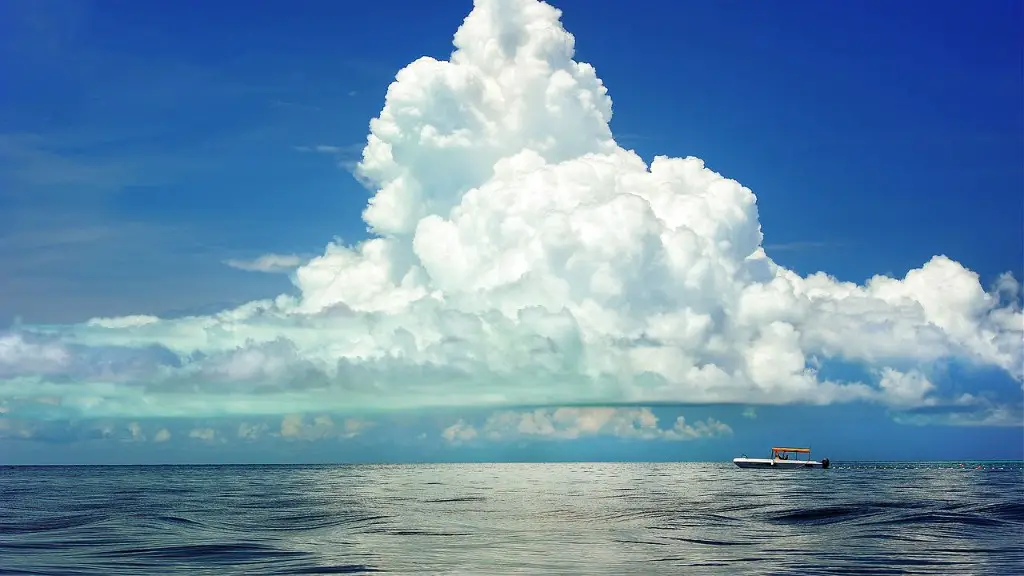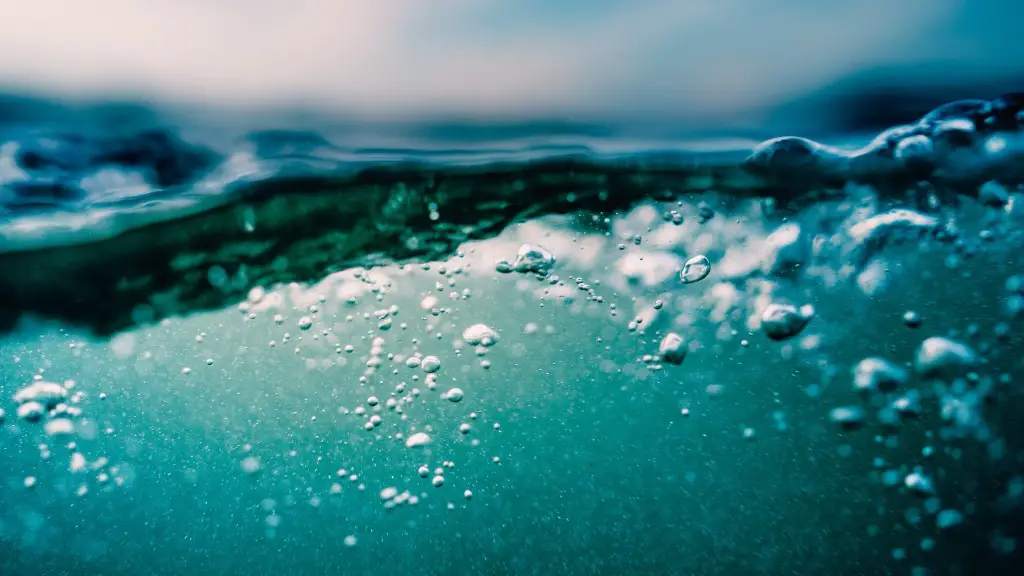Overview
The Caribbean Sea is a vital part of the environment, but do tides exist within its waters? Tides are caused by the repetition of high and low waves caused by the gravitational pulls of the sun and moon. All oceans experience tides, but does the Caribbean Sea have them as well? In this article, we will look at the answers to this question as we discuss the underlying science and facts, as well as views and experiences from people in the area.
Gravitational Pulls
Tides are effectively waves in the ocean caused by gravitational pulls from the moon and the sun combined. These can cause huge changes in the ebb and flow of the current, having a major impact on what can be found in the water. Understanding the underlying science can help us to determine if the Caribbean Sea has tides or not.
The moon’s gravitational pull is said to be the strongest of all. The sun’s pull is weaker, though when combined, it can be as powerful as that of the moon. The full moon and new moon are the two periods when this combination of gravitational forces is at its most powerful.
When the water is pushed up by the gravitational pulls of the sun and moon, it will create high waves or “high tides”, while when the water is pulled back down, it will create low waves or “low tides”. This can have a dramatic effect on the environment of any ocean or sea, such as the Caribbean.
Tides in the Caribbean Sea
Yes, the Caribbean Sea does indeed have tides. However, these are typically not as strong as those seen in other oceans and seas. This is because the Caribbean Sea is relatively small compared to the others. The Caribbean Sea has a surface area of about 1.09 million square miles, whereas the Pacific Ocean, for example, has an area of about 64 million square miles.
Given the size difference, the gravitational pulls of the sun and moon will be weaker in the Caribbean compared with other oceans. However, the Caribbean Sea still experiences a daily cycle of high and low tides, with the highest tide usually occurring around mid-day or early afternoon.
Impact of Tides on the Environment
The impact of tides on the environment of the Caribbean Sea is varied and far-reaching. For example, the tides have a huge effect on local fishing conditions, particularly around the coastlines. Fish, ocean mammals and other creatures that live in and around the Caribbean Sea can be affected by the tides as they ebb and flow and can migrate and breed in different areas depending on the time of day.
The tides also play an important role in transporting nutrients from the depths of the sea and carrying them back to the shoreline. This helps to maintain the overall health of the area and can help support the ecosystems that live there. The impact of the tides on the environment of the Caribbean Sea is immense and cannot be understated.
Views from People in the Area
We spoke to a number of people living in and around the Caribbean Sea to get their views on the tides. Most reported that they could definitely tell when the tide was high or low, but that they tended to be less powerful than in other parts of the world. One person commented: “The tides here are definitely noticeable, but they don’t really have a huge effect on our day to day lives like they do in other places.”
Most of the people we spoke to reported that they enjoyed the annual cycle of the tides in the Caribbean Sea, highlighting the beautiful sunsets that come with higher than normal tides and the peaceful evenings when the tide is out. It would appear that the tides are viewed as a positive in this region, with many appreciating their powerful but gentle presence.
Marine Life in The Caribbean Sea
The Caribbean Sea is home to a huge variety of marine life, from whales and dolphins to coral reefs and an abundance of fish species. These creatures are highly sensitive to changes in the environment, especially when it comes to the tides. The ebb and flow of the water can affect where they are able to find food and shelter, and how safe they are from predators. It is therefore vital that the tides of the Caribbean Sea are well-managed and understood by all.
It is also important to remember that many of the creatures found in this area are endangered, and so it is essential that the environment in which they live is maintained and preserved. By understanding the role of the tides in maintaining balance in this fragile ecosystem, it will be possible to ensure that vital marine life is able to survive and thrive in the Caribbean Sea.
Environmental Preservation
With the Caribbean Sea being so vital to the survival of many species, it is understandable that much effort is put into preserving and protecting it. This also includes protecting the ecosystem from the detrimental effects of human interference, such as pollution and overfishing.
It is, therefore, essential that those who live and visit the area are informed about the health of the sea and its tides. This can include understanding how to limit the impacts of our activities and to be aware of how small changes can have big impacts on the environment. By being more informed, we can all do our part to protect the Caribbean Sea and its vital tides.
Tourism
The Caribbean Sea is a popular tourist destination, with many beautiful places to explore. The tourism industry is an important one and, like any industry, can have impacts on the environment. But it is important to note that tourism can also be beneficial to the Caribbean Sea, as long as it is managed correctly and sustainably.
The tides of the Caribbean Sea are often seen as one of its main attractions. This is because the beautiful sunsets that accompany high tides can be incredibly romantic, and the peace and serenity of a low tide is something that can’t be replicated elsewhere. It is this balance between the ebb and flow of the sea that keeps tourists coming back to the Caribbean Sea time and time again.
Conclusion
From the information provided, it is clear that the Caribbean Sea does indeed have tides, though these are typically weaker than those in other oceans and seas. This is because the Caribbean is much smaller than most other bodies of water, so the gravitational pull of the sun and moon is not as powerful. Nevertheless, the tides of the Caribbean Sea still have a major impact on its environment and the creatures that live there.
The Caribbean Sea is a vital part of the environment and it is essential that it is protected. By understanding the role that the tides play in maintaining the delicate balance of this ecosystem, we can do our part to ensure its health for generations to come.




